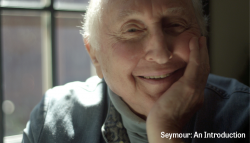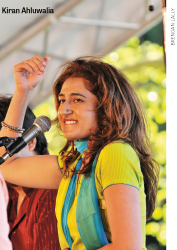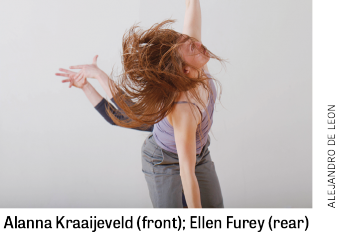TIFF TIPS
Welcome to The WholeNote’s third annual guide to the Toronto International Film Festival (TIFF) spotlighting films in which music plays an intriguing role. Selections range from music-centred documentaries and musicals to movies featuring characters involved in making music to soundtracks that are integral to the quality of the films they help drive. With 285 feature films in this year’s festival, there was some alchemy involved in choosing the 22 titles on the following list – the soundtrack category is particularly difficult to predict in advance.
 You meet the most interesting people at New York City dinner parties. That’s where Ethan Hawke first met Seymour Bernstein, the 85-year-old subject of his documentary Seymour: An Introduction. Bernstein began playing the piano as a child in Newark, New Jersey and by the age of 15 was already a teacher. He had a brief concert career after studies with such giants as Alexander Brailowsky, Clifford Curzon and Nadia Boulanger before settling into his role of helping others develop.
You meet the most interesting people at New York City dinner parties. That’s where Ethan Hawke first met Seymour Bernstein, the 85-year-old subject of his documentary Seymour: An Introduction. Bernstein began playing the piano as a child in Newark, New Jersey and by the age of 15 was already a teacher. He had a brief concert career after studies with such giants as Alexander Brailowsky, Clifford Curzon and Nadia Boulanger before settling into his role of helping others develop.
It was Hawke’s explanation of Bernstein’s teaching mantra in response to Hubert Vigilia’s question on flixist.com two years ago (just as the film was taking shape) that piqued my curiosity and made Seymour a must-see on my TIFF to-do list: “What is harmony? What is dissonance? Why should we practice? Why should we work hard, and what difference does it make when you play the right note or don’t play the right note? He’s a very deep guy. I was touched by him, and I thought he had a lot to teach me about acting, and then I slowly realized that the way he’s talking about the piano relates to every profession.”






